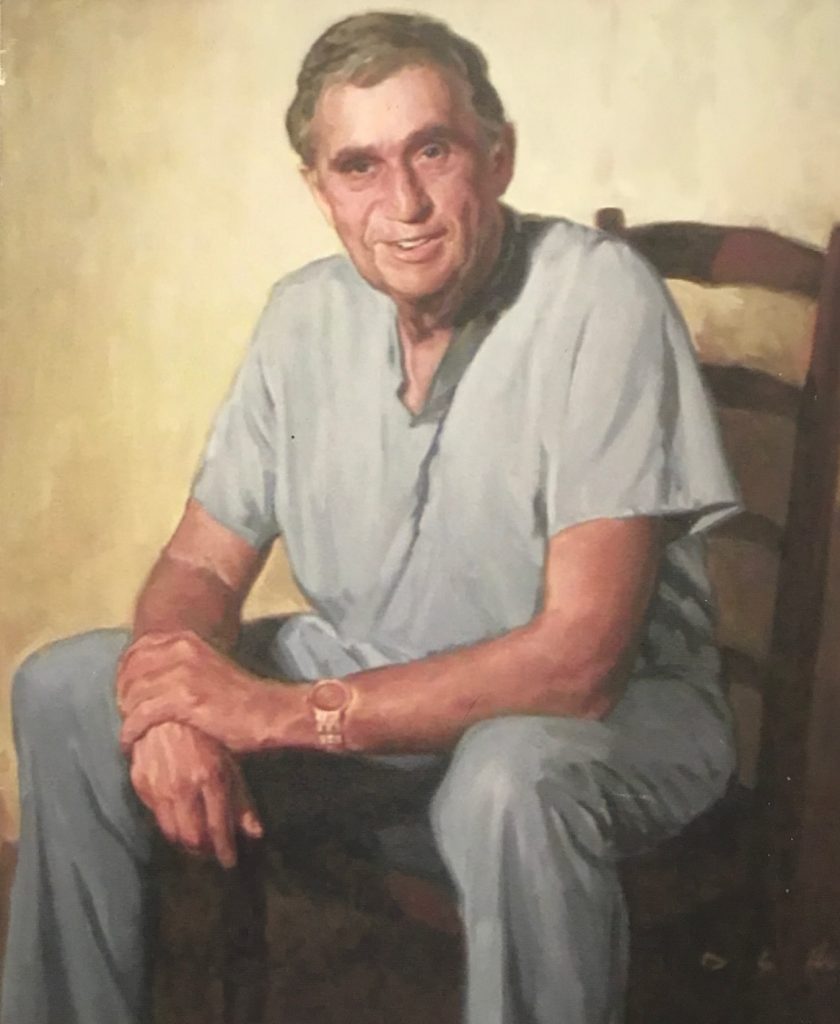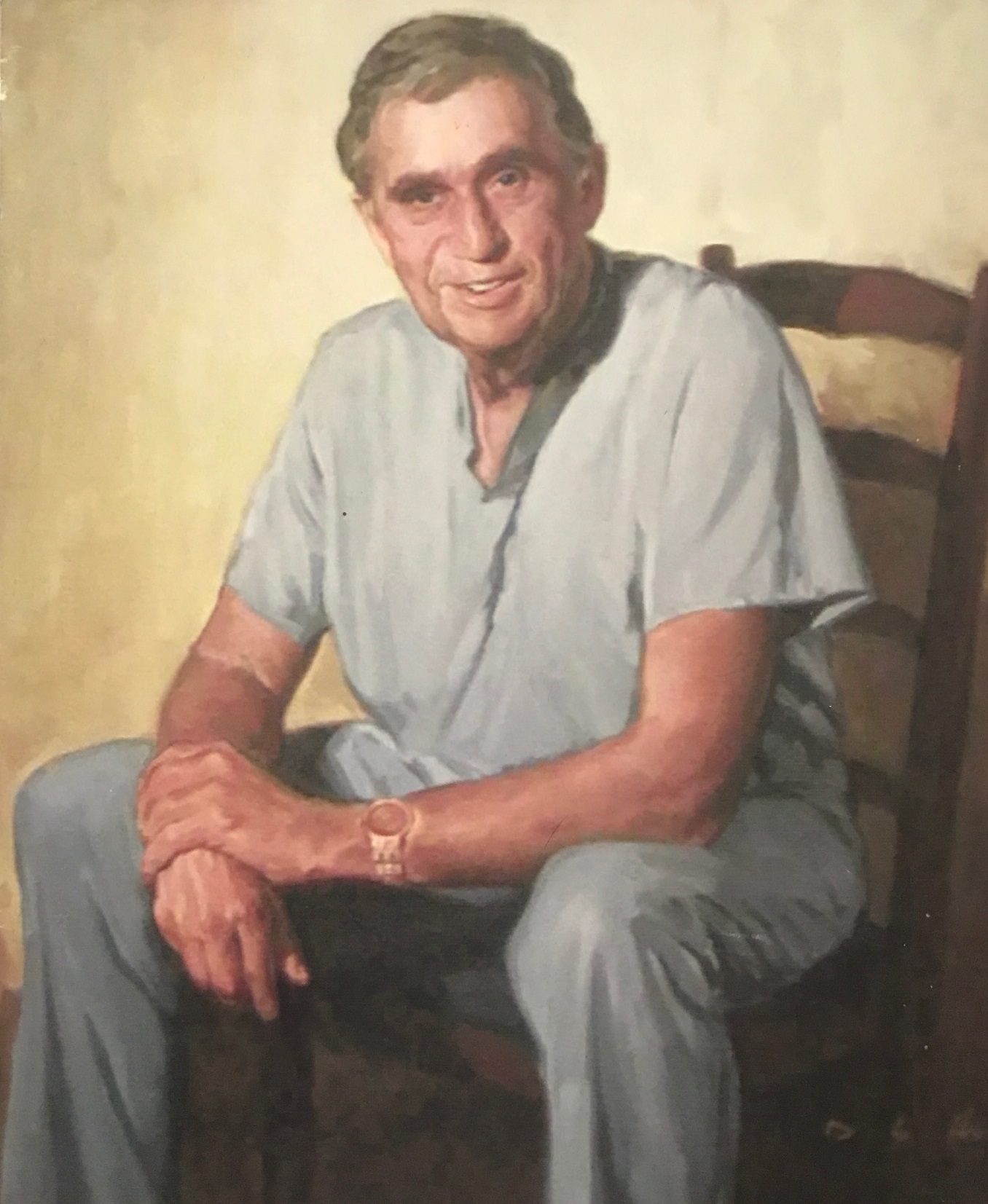Nothing lasts forever. However, for most of us, Don Trunkey was the innovator of modern trauma care and it’s hard to imagine a world which he is not part of. As Ralph Waldo Emerson stated it is not length of life, but depth of life that matters. Indeed, his talent, passion for improvement, and vision to look into the future were unique and his contributions to the evolution of trauma care have been priceless.
Donald D Trunkey FACS, was born in Eastern Washington and went to medical school at University of Washington. He served in the US Army in the mid 60 s in Germany and completed his surgical training in San Francisco. It was from San Francisco that his seminal “Two Counties” [1] paper was published where he convincingly showed that where a trauma system existed the mortality was substantially lower than where it did not. It was this paper, more than any other in the contemporary literature which led to the drive to systematise trauma care around the world.
Another of Don’s seminal papers was that on the trimodal pattern of death after injury which was published in Scientific American in 1983 [2]. In that paper he outlined that death after trauma was either immediate, usually as a result of catastrophic brain or torso injury, in hours as a result of uncontrollable haemorrhage, or in 2–3 weeks as a result on multiple organ dysfunction itself, a long term consequence of poor initial control of haemorrhage. While true in 1983, the trimodal pattern of death no longer exists because, through the efforts of Don and other trauma surgeons, effective early trauma care, particularly consequent on near-universal uptake of ATLS/EMST teaching, has resulted in effective early haemorrhage treatment.
Noteworthy, he was also a leading figure in highlighting the challenges of managing multiple injured patients with associated head injuries what he described as a ‘crisis’ in trauma care [3]. He suggested that ‘neurosurgery should step up to the plate and provide coverage for Level I and Level II trauma centres at a reasonable cost, and went as far as to state that ‘If neurosurgery cannot or does not want to provide coverage, they should let other surgeons provide coverage’ [3].
Professor Trunkey also was one of the first clinicians to express his concerns about the omissions of the USA public policy in relation to recreational use of drugs such as heroin, cocaine, methamphetamines, and marijuana and reported a direct link between alcohol or drug use and crime, corruption, violence, and health problems, calling for the need of formulating a workable public policy [4].
Professor Trunkey’s academic record lists 317 publications and 10,118 citations but his only publication in Injury occurred in 2000 and was a comparative study looking at trauma outcomes in Oregon Health Sciences University and Stoke-on-Trent [5]. This paper, co-authored by John Templeton and Peter Oakley amongst others showed that although raw mortalities were different, when casemix was considered there were no significant differences between the centres. This highlighted how important it was to carefully consider casemix in any comparison of trauma outcome.
Don’s early military career was bookended by a role in the First Gulf War 1990–1991 where he served as an advisor to the US Forces in Saudi Arabia. He dealt with a number of operational and cultural obstacles that prompted him to publish a commentary in the March 1993 edition of Archives of Surgery called “Lessons Learned” [6]. This document paved the way for how the U.S. Department of Defence trained its trauma personnel.
Don was a giant on the US trauma stage but also a frequent traveller who spread his knowledge and influence around the world. Apart from his Honorary FRACS and FRCS(Eng) he was also an honorary fellow of the surgical colleges of Ireland, Edinburgh, Glasgow, South Africa and Brazil.
Don was inspirational, enigmatic, friendly and forceful all at the same time. He influenced generations of young doctors, in surgery and in other disciplines, to improve trauma outcomes and contribute to the teaching and delivery of optimal trauma care. At conferences and courses he was an enthusiastic teacher and a challenging mentor. He conveyed the absolute necessity of taking action when time critical injuries were present and was never afraid to do so.
Donald D. Trunkey was a legend in every aspect of the word and the trauma community will be much poorer with his passing. His legacy however, of improved trauma systems, trauma care and trauma outcomes, is very much alive and society as a whole will be grateful for the career long contribution of this trauma giant.
References
- West, J.G., Trunkey, D.D., and Lim, R.C. Systems of trauma care: a study of two counties. Arch Surg. 1979; 114: 455–460
- Trunkey, Donald D. Trauma. Sci Am. 1983; 249: 28–35
- Trunkey, D.D. The emerging crisis in trauma care: a history and definition of the problem. Clin Neurosurg. 2007; 54: 200–205
- Trunkey, D.D. and Bonnono, C. A rational approach to formulating public policy on substance abuse. J Trauma Inj Infect Crit Care. 2005; 59: S61–S66
- Templeton, J., Oakley, P.A., MacKenzie, G., Cook, A., Brand, D., Mullins, R.J. et al. A comparison of patient characteristics and survival in two trauma centres located in different countries. Injury. 2000;31: 493–501
- Trunkey, D. Lessons learned. Arch Surg. 1993; 128: 261–264



